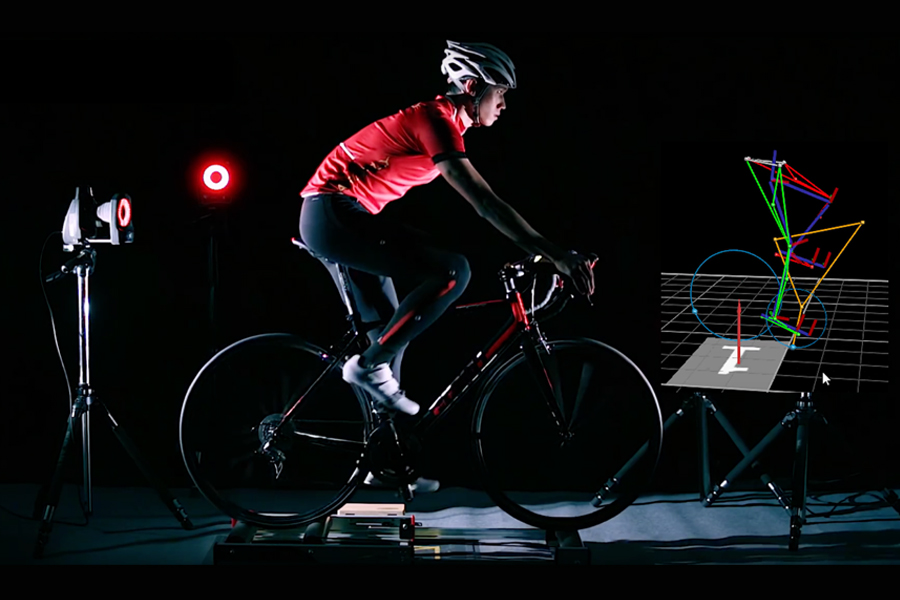Provided by Research Chair Professor Tsung-Min Hung and his research team from the Department of Physical Education and Sport Sciences
It is well-established that cognitive functions are an important factor that affects children’s learning. Children with Attention-Deficit/Hyperactivity Disorder (ADHD), however, often suffer from learning difficulties and social adaptation problems due to their lack of sustained attention and inhibitory control. While research has shown that acute exercise can improve cognitive functions, the duration of such beneficial effects is yet to be confirmed. Moreover, objective benchmarks such as event-related brain potentials (ERP) and resting-state heart rate variability (HRV) are less used in physical and psychological observation. The objective of this study was to understand the sustained effects of acute moderate-intensity aerobic exercise (MAE) on inhibitory control in children with ADHD. A within-subject design was conducted on 24 children diagnosed with ADHD ranging from 8-12 years old, and the changes in inhibitory control, heart rate variability (HRV), and event-related potentials (ERP) indices were observed within one hour after an exercise intervention condition or a control condition. The results indicated that acute bouts of MAE facilitate inhibitory control in children with ADHD for as long as 60 min, which was reflected in the children’s performance and ERP measurements. However, acute aerobic exercise may not modulate sympathovagal balance during the post-exercise recovery. Overall, we highlight the importance of acute aerobic exercise for children with ADHD as a potential means to facilitate brain health.
It is well-established that cognitive functions are an important factor that affects children’s learning. Children with ADHD, however, often have learning difficulties and social adaptation problems due to their lack of sustained attention and inhibitory control. According to DSM-IV, ADHD prevalence ranges from 3%-7%. Children in Taiwan, on the other hand, have an ADHD prevalence of approximately 7.5%-10% (Gau, Chong, Chen, & Cheng, 2005). In other words, in every Taiwanese school class, 2-3 children would have ADHD. A common misconception is that most children with ADHD improve soon after they enter adolescence. However, research has shown that at least 50~70% of ADHD patients continue to experience symptoms until adulthood (Lara et al., 2009); this is therefore an issue that merits our attention.
Research has shown that acute aerobic exercise can help improve cognitive functions, although the duration of such beneficial effects is yet to be confirmed. Moreover, objective benchmarks such as event-related brain potentials (ERP) and resting-state heart rate variability (HRV) are yet to be widely utilized in physical and psychological observation. Therefore, the objective of this study was to understand the sustained effects of acute moderate-intensity aerobic exercise (MAE) on inhibitory control in children with ADHD. A within-subjects design was conducted on 24 children diagnosed with ADHD ranging from 8-12 years old, and the changes in inhibitory control, heart rate variability (HRV), and event-related potentials (ERP) indices were observed within one hour after an exercise intervention condition or a control condition.
The results of the inhibitory test showed that aerobic exercise resulted in higher accuracy in the exercise intervention condition compared to the control condition for 60 min, regardless of task difficulty (figure 1). In terms of HRV, differences were observed in the groups only 30 min after exercise. These results indicate that acute bouts of MAE facilitate inhibitory control in children with ADHD for as long as 60 min, which was reflected in the children’s performance and ERP measurements. Furthermore, sympathetic and parasympathetic modulations were not the reason for the beneficial cognitive effect after exercise. This study aimed to understand the beneficial effects of MAE at the neurocognitive level. From a practical point of view, acute aerobic exercise for children with ADHD remains the recommended means to facilitate brain health.

Figure 1: Topographical distribution of ERP-N2 amplitude
Original article: https://doi.org/10.1038/s41598-020-76859-9













